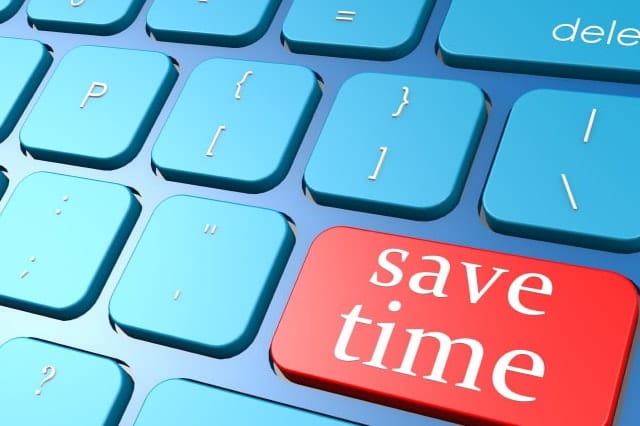While touch displays are prevalent in today’s Windows-powered laptop and desktop computers, do they really improve the computing experience? Yes, but mainly in tablets and smartphones. Touch input is arguably a niche feature in laptops and desktops. These keyboard shortcuts can even prove to you that you can be more productive and do more work with a physical keyboard than with a touchscreen.
Windows+C: in Windows 8 and 8.1, open the charms bar
Windows+D: hides open applications to show the desktop
Windows+F: opens the search tool/charm
Windows+F1: opens Windows Help and Support
Windows+L: locks the computer
Windows+M: minimizes all windows
Windows+Shift+M: restores all minimized windows
Windows+R: launches the Run dialog box
Windows+T: cycles through taskbar items
Windows+U: launches the Ease of Access Center (aka Utility Manager)
Windows+Pause (or Windows+Break): opens the properties window of your computer
While the Windows key is a staple for many keyboard shortcuts, more shortcuts are accessible using the Alt, Ctrl, and Shift key.
Alt+F4: closes the active application or window
Alt+Esc: switches between applications in the order they were opened
Alt+Tab: switching between open/running applications
Ctrl+A: selects all elements (e.g., files, folders, texts) in the active window
Ctrl+C: copy a file or text to the clipboard
Ctrl+V: paste a file or text from the clipboard
Ctrl+Z: undoes your most recent action
Ctrl+Y: reverses the most recent undo (Ctrl+Z) action
Ctrl+Alt+Del: launches the Windows Security screen where you can choose to lock the computer, switch accounts, change passwords, log off or launch the Task Manager
Ctrl+Shift+Esc: launches the Task Manager
Shift+Delete: permanently deletes a file instead of moving it to the Recycle Bin
In many cases, these keyboard shortcuts lets you perform a function with a couple of keystrokes only, whereas you’d waste several seconds in swiping and tapping on the touchscreen to accomplish the same thing.


